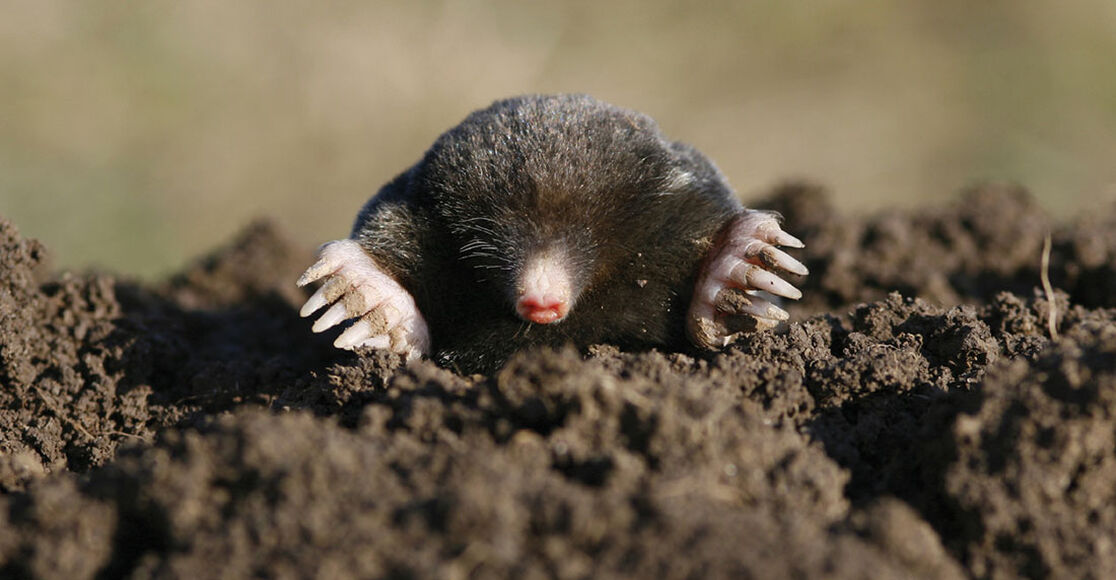As winter's snow begins to melt away, you may notice an eye-sore of what looks like a dirt bike track across your lawn but is actually damage from moles and voles During winter, moles and voles burrow underground to seek warmth and additional food sources. In many areas, blankets of snow will hide this damage throughout winter, resulting in daunting lawn repair projects come early spring.
Depending on their depth and severity, mole hills and tunnels can do significant damage to your lawn, creating tripping hazards and leaving grass roots exposed, killing grass and resulting in bare lawn patches. While it may seem challenging, recovering your lawn from mole and vole damage can be a simple two-step process.
Step One: Inspect
Before you start searching for ways to get rid of the critters, first examine your yard for any signs of active tunneling. Some moles and voles burrow deeper underground than others, producing hills to ventilate their tunnels. Others burrow close to the surface, creating raised tunnels throughout your lawn. Collapse any visible hills in your yard with a rake, and wait a full day before checking back on the hills you've collapsed.
If you notice fresh mounds of soil, then the tunnel is active and should be dealt with prior to making any repairs. There are several ways you can harmlessly remove moles and voles, including solar-powered sonic devices you can spike into the ground, as well as castor oil, which can be sprayed on the surface to target shallow-burrowing moles and voles. Both of these options help drive moles and voles away from your yard without causing any harm. However, make sure there are no traces of moles and voles in your lawn before repairing any damage; otherwise, the destruction will continue.
Step Two: Groom
Once you've determined that moles and voles are no longer an active threat to your lawn, you can start to groom your lawn and get it into spring shape. Start by flattening your yard with a lawn roller to make it even.
Make sure the roller is heavy enough to compress the tunnels and mole hills, preventing air pockets from drying out the roots of your grass. As you pass over the lawn, carefully watch for low spots where tunneling is particularly deep and fill them in with topsoil. Filling in these divots will make drainage easier, and speed up the restoration process,
Finally, you can overseed any remaining bare spots; including the newly topped areas.
